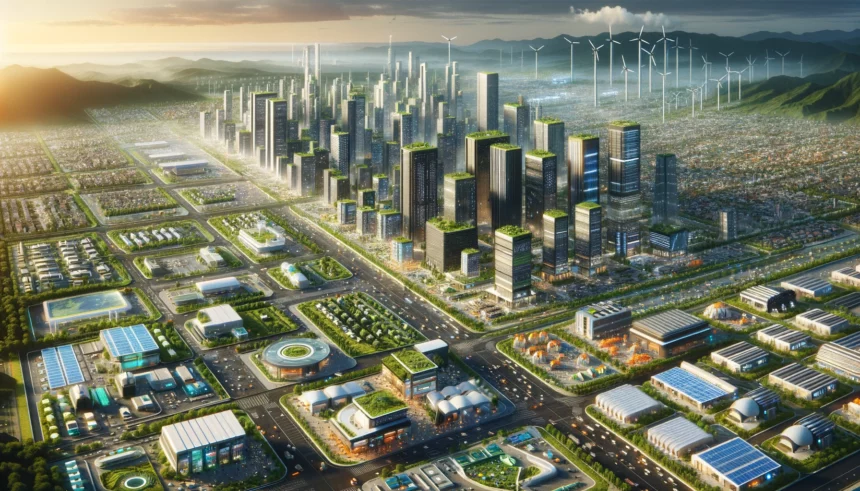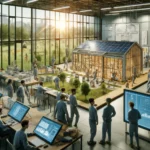Introduction
By 2050, over a billion people may be displaced due to climate change. This staggering number comes from the Institute for Economics and Peace, highlighting not just a potential crisis but also an opportunity for innovative solutions. As we face rising temperatures, sea-levels, and other environmental challenges, we must consider how technology can support those forced to move.
Why Focus on Climate Migration?
What Drives Climate Migration?
- Extreme weather events: Increasingly common, these force immediate relocation.
- Scarcity of resources: Lack of water and food can prompt migrations.
- Economic impacts: Loss of jobs and infrastructure due to climate changes push people to move.
- Permanent changes: Some areas may become permanently uninhabitable.
Current Funding and Efforts
- Most climate tech investments currently aim at reducing greenhouse gas emissions.
- Efforts like renewable energy and economic decarbonization are crucial but focus less on immediate human displacement impacts.
The Urgent Need for a Broader Approach
Despite ongoing efforts to mitigate climate change, its effects continue to disrupt lives, especially in vulnerable communities. For instance:
- Annual displacement: The UN reports that weather-related events have displaced 21.5 million people annually from 2008 to 2016.
- Rapid events: The 2022 floods in Pakistan displaced nearly 8 million people.
This shows that climate migration is not a future possibility but a current reality.
Opportunities for Climate Tech in Migration
Renewable Energy for Displaced Communities
- Organizations like the International Renewable Energy Agency are exploring how renewable energy can serve refugee communities, providing independent power sources that are both sustainable and affordable.
Beyond Energy: Comprehensive Adaptation Strategies
Adaptive Measures
- Drought-resistant agriculture: Developing seeds that can thrive in arid conditions.
- Stronger building codes and infrastructure: Ensuring new constructions can withstand extreme weather.
- Innovative insurance products: Offering financial products that help people recover from losses.
Predictive and Responsive Tech
- Predictive analytics: Using AI to foresee migration patterns and crises.
- Blockchain and biometric technologies: Enhancing the tracking and support of climate migrants while ensuring privacy and ethics.
The Role of Partnerships and Community Engagement
Addressing climate migration requires more than just technological solutions. It involves:
- Collaborations: Engaging with policymakers, civil society, and humanitarian organizations.
- Community-focused policies: Developing tools and policies that help cities and communities effectively integrate and support migrants.
Looking Forward: The Potential of Human Innovation
While technology is not a cure-all, it is a vital tool in addressing the multifaceted challenges of climate migration. The climate tech community must think innovatively and act collaboratively. The goal? To use our resources and knowledge to create livable, sustainable futures for all, especially those most at risk.
As we expand the focus of climate technology, let’s not forget the human element. The technology we develop today will shape the world of tomorrow. Let’s make it a world worth living in, for everyone.
















